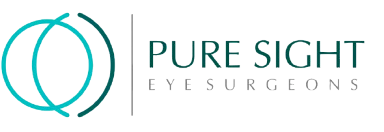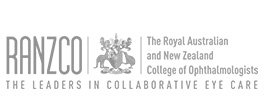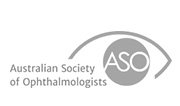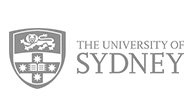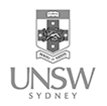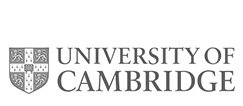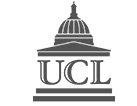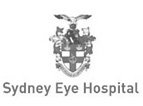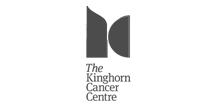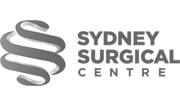Premium Intraocular Lens
What is an intraocular lens?
An intraocular lens is an artificial lens, which is implanted into the eye to add to or replace the eye’s natural lens that does not have or has lost the ability to focus light.
How are intraocular lenses made?
In order to select your intraocular lens, Dr Chiu and her staff needs to make precise eye measurements of eye length, corneal curvature and the estimated position of the lens after surgery. These measurements are used to create lens that fit perfectly to your individual eye topography and provide the best power to help you see clearly.
Optical biometry, keratometry, and pachymetry, are techniques used to calculate eye length, corneal curvature, diameter and thickness, depth of the anterior chamber, and lens thickness. Ultrasound devices are also used for measuring eye length in case of dense cataracts, but unlike the optical biometry, ultrasound requires contact with the eye.
For more detailed analysis of corneal curvature, including the anterior and posterior surfaces, topography and tomography imaging systems create three-dimensional colour-coded maps of the cornea. To determine suitability for certain types of lenses, especially Multifocal Intraocular lenses, the alignment of the visual axis with the centre of the eye and pupil can provide specialised information. Dr Chiu routinely utilises these adjunctive techniques to achieve the best possible outcomes.
What are premium intraocular lenses?
These include:
- Toric lenses to correct astigmatism
- Multifocal or trifocal lenses allowing distance, intermediate and near vision without glasses
- Extended Depth of Focus lenses that give good distance vision, with a continuous range of focus to the intermediate range. They can be used in a micromonovision or blended vision configuration to additionally give near vision without glasses.
- Accommodative lenses allowing adjustment of focus. Currently these are under development
- Secondary sulcus lenses (piggyback lenses) implanted after cataract surgery to correct any refractive error (ie. need for glasses), astigmatism, give multifocal vision, or improve near vision with patients who have advanced macular degeneration.
